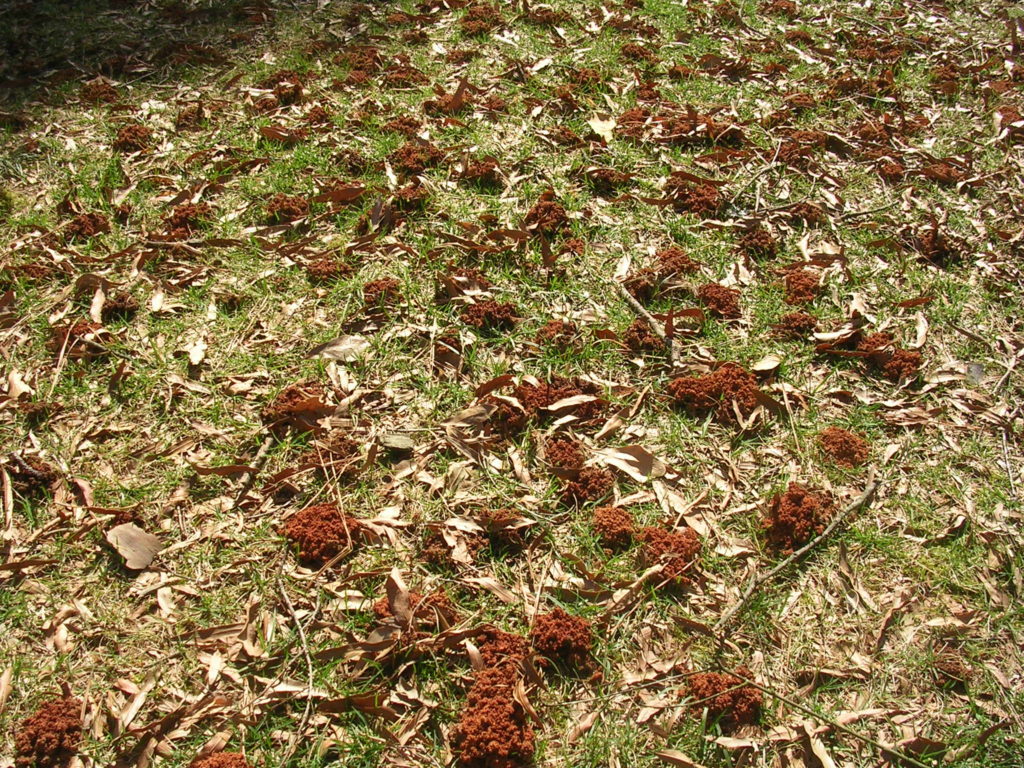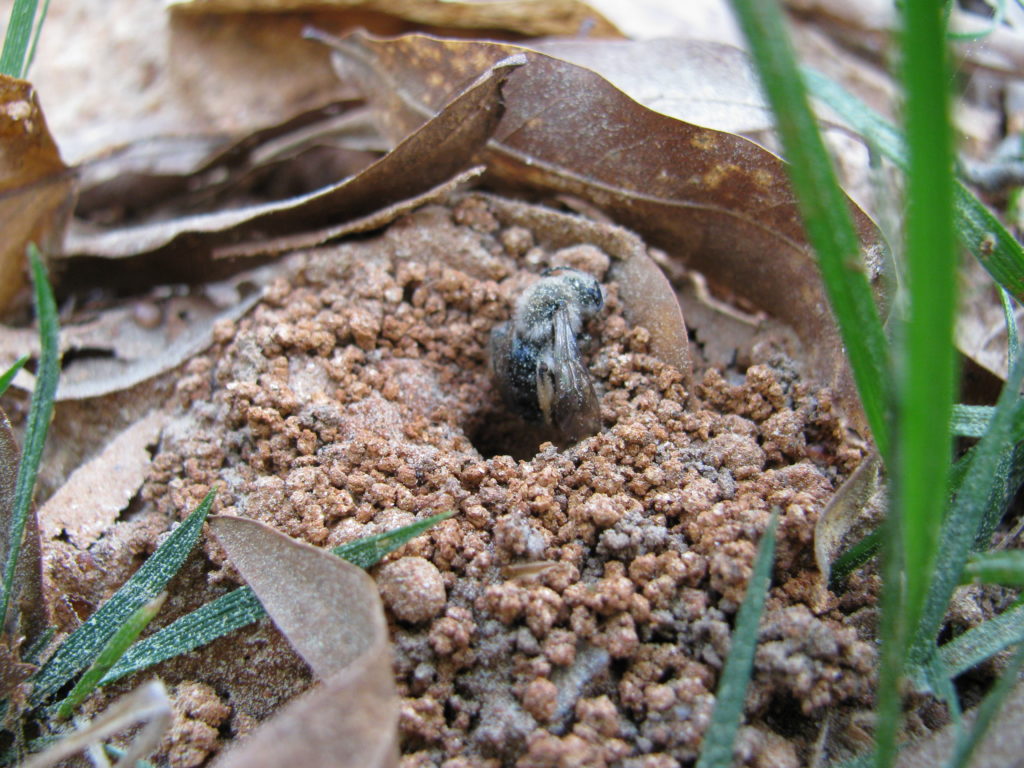Ground Bees Active but Don’t Be Afraid
go.ncsu.edu/readext?589854
en Español / em Português
El inglés es el idioma de control de esta página. En la medida en que haya algún conflicto entre la traducción al inglés y la traducción, el inglés prevalece.
Al hacer clic en el enlace de traducción se activa un servicio de traducción gratuito para convertir la página al español. Al igual que con cualquier traducción por Internet, la conversión no es sensible al contexto y puede que no traduzca el texto en su significado original. NC State Extension no garantiza la exactitud del texto traducido. Por favor, tenga en cuenta que algunas aplicaciones y/o servicios pueden no funcionar como se espera cuando se traducen.
Português
Inglês é o idioma de controle desta página. Na medida que haja algum conflito entre o texto original em Inglês e a tradução, o Inglês prevalece.
Ao clicar no link de tradução, um serviço gratuito de tradução será ativado para converter a página para o Português. Como em qualquer tradução pela internet, a conversão não é sensivel ao contexto e pode não ocorrer a tradução para o significado orginal. O serviço de Extensão da Carolina do Norte (NC State Extension) não garante a exatidão do texto traduzido. Por favor, observe que algumas funções ou serviços podem não funcionar como esperado após a tradução.
English
English is the controlling language of this page. To the extent there is any conflict between the English text and the translation, English controls.
Clicking on the translation link activates a free translation service to convert the page to Spanish. As with any Internet translation, the conversion is not context-sensitive and may not translate the text to its original meaning. NC State Extension does not guarantee the accuracy of the translated text. Please note that some applications and/or services may not function as expected when translated.
Collapse ▲This time of year many people notice small dirt mounds in their yards or in parks or ball fields created by small bees. In many cases these are mistaken for ant hills or the mounds made by big wasps like cicada killers. In fact they are made by solitary bees in the family Andrenidae.
These are among our earliest native pollinators to emerge so they can take advantage of early blooming flowers like maples and red buds. Agents may get many calls from worried or frustrated homeowners who are concerned about their safety or the condition of their lawn. Homeowners should not be worried because these bees are not aggressive and in a couple weeks they are gone.

My yard in spring filled with small mounds created by Andrenid bees. The mounds aerate the soil and only last a couple weeks. Photo: SD Frank
They only live in places with bare patches of dirt so if you are lucky enough to have some in your yard it is probably because you take a more casual and sustainable approach to lawn maintenance and go easy on the fertilizers, herbicides, and insecticides. These bees are a great teaching opportunity. You can read more about them in this post from a couple years ago. You can find more information on native pollinators on our native pollinator pages.



